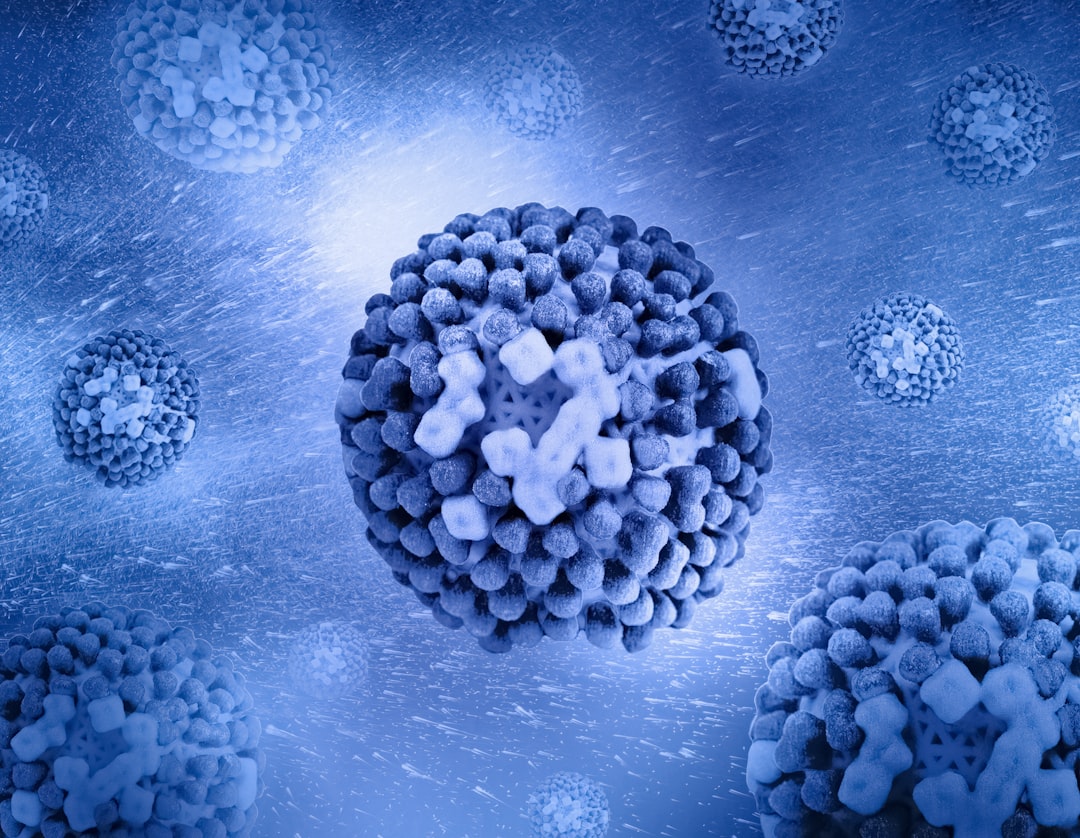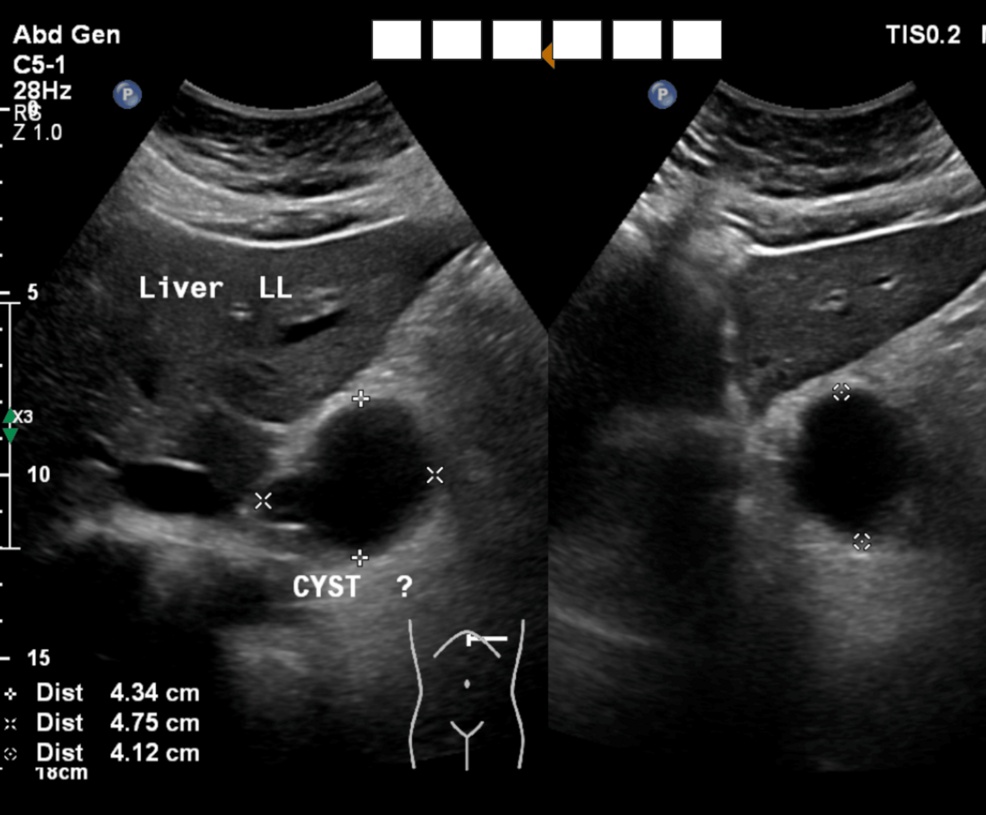Ettore Majorana, a brilliant Italian physicist, remains one of the most haunting figures in the history of quantum mechanics. His theoretical contributions, particularly his prediction of particles that are their own antiparticles, now known…
Blog
-

Bank of America’s Moynihan sees Trump’s tariffs starting to de-escalate
Bank of America Corp. Chief Executive Officer Brian Moynihan said he expects the Trump administration to de-escalate trade tensions next year after tariffs sent shockwaves through the US economy in 2025.
Moynihan said in an interview taped earlier in December and aired Sunday on CBS News’ Face the Nation that Bank of America now sees “de-escalation, not escalation,” with an average of 15% tariffs, and higher rates for countries that won’t commit to U.S. purchases or lowering non-tariff barriers.
“To go from a 10% across-the-board to 15% for the broad base of countries — not a huge impact,” Moynihan said. “And that’s where our team says it’s starting to de-escalate.”
In April, Trump announced a baseline rate of 10% tariffs on all exporters to the US. He unveiled a slew of new tariffs in July that were expected to push the average rate to 15.2% for major trading partners if implemented as announced. Bloomberg Economics estimated the average US tariff rate rose to 14% from 2% after Trump returned to the White House.
China is a “different question,” as are North American trading partners with a review of the US-Mexico-Canada agreement slated for next year, Moynihan added. “But broadly in the world, you can see sort of the endpoint here,” he said.
Higher tariffs and uncertainty over trade policy hit small businesses in the second quarter of the year, he said, though some relief came as rates eased. Moynihan said tariffs are a lesser concern for small businesses right now than uncertainties over the availability of labor, as some Trump administration immigration policies “haven’t settled in yet.”
Join us at the Fortune Workplace Innovation Summit May 19–20, 2026, in Atlanta. The next era of workplace innovation is here—and the old playbook is being rewritten. At this exclusive, high-energy event, the world’s most innovative leaders will convene to explore how AI, humanity, and strategy converge to redefine, again, the future of work. Register now.Continue Reading
-

Wrestling Set for 61st Annual Ken Kraft Midlands Championships
EVANSTON, Ill. – Northwestern wrestling returns to tournament action this week as the ‘Cats prepare for the 61st Annual Ken Kraft Midlands Championships. The event, which will be hosted on campus for the first time since 2016, will take place…Continue Reading
-

Prevention measures reinforced after detection of Influenza A(H3N2) subclade K
The Ministry of Health and Social Protection, in coordination with the National Institute of Health (INS), informs the public that, as anticipated in the communication of December 18, the detection of the influenza A(H3N2) virus, subclade K…
Continue Reading
-

12 Days of Amazing People from 2025: Meet Ron the Barber
In honour of the 12 Days of Christmas, we’re taking a stroll back through the stories we’ve published this year about some amazing people in our community. Each day for the 12 days of Christmas (Dec. 25 to Jan….
Continue Reading
-

12 Days of Amazing People from 2025: Meet Ron the Barber
In honour of the 12 Days of Christmas, we’re taking a stroll back through the stories we’ve published this year about some amazing people in our community. Each day for the 12 days of Christmas (Dec. 25 to Jan….
Continue Reading
-

Four Illini Score Double Digits in Illinois’ 83-73 Win at Purdue
‘Super flu’ cases rising across US: What to know – NewsNation
- ‘Super flu’ cases rising across US: What to know NewsNation
- This ‘super flu’ could cause widespread serious illness, experts say Northeastern Global News
- Tamiflu isn’t the only recommended flu treatment in the US. These are the…
Continue Reading


